In the process of processing organic fertilizers from cow manure, the disc granulator usually follows a standardized production process aimed at converting organic waste such as cow manure into high-quality organic fertilizer particles. The following is the basic process of using a disc granulator to process organic fertilizer from cow manure:
Raw material preparation:
Collecting cow manure: Firstly, collect fresh or dry cow manure as the main raw material for organic fertilizers.
Pre treatment: Preliminary crushing and mixing of cow manure, adjusting its moisture content to a suitable range (usually 30% -40%) to promote the granulation process.
Raw material mixing:
Adding auxiliary materials: In order to improve the physical properties and nutritional composition of fertilizers, an appropriate amount of auxiliary materials can be added, such as straw powder, sawdust, peat, limestone powder, etc.
Mixing evenly: Mix cow manure and auxiliary materials thoroughly to ensure the uniformity of each part of the raw materials, laying a good foundation for the subsequent granulation process.
Granulation process:
Disc granulation: The mixed raw materials are fed into a disc granulator, and through the rotation of the disc and the action of its internal structure, the raw materials are formed into uniform particles at suitable humidity.
Adjusting particle size: By adjusting the parameters of the disc granulator, such as the inclination angle of the disc, rotation speed, and moisture content of the raw material, the particle size and shape can be controlled to meet the needs of different fertilizer products.
Drying and cooling:
Particle drying: After granulation is completed, the particles need to be dried to reduce their moisture content, improve their stability and strength, usually using a dryer.
Cooling: The dried particles need to be cooled to room temperature to prevent quality changes during storage and packaging due to excessive temperature.
Screening and packaging:
Screening: Use a screening machine to screen the cooled particles, remove unqualified particles, and ensure the consistency and quality of the product.
Packaging: Packaging the screened qualified particles for storage, transportation, and sale.
quality testing:
Finished product inspection: Conduct quality inspection on packaged organic fertilizer particles, including particle hardness, moisture content, nutritional analysis, etc., to ensure that the product meets relevant standards.
Using a disc granulator to process organic fertilizers from cow manure not only effectively treats and utilizes organic waste such as cow manure, but also improves the production efficiency and product quality of fertilizers, promotes resource recycling, reduces environmental pollution, and meets the requirements of green agriculture and sustainable development.
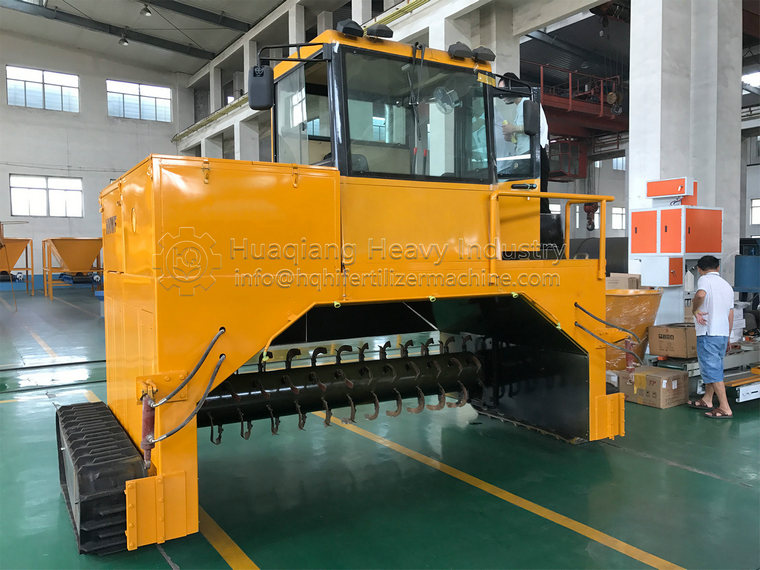
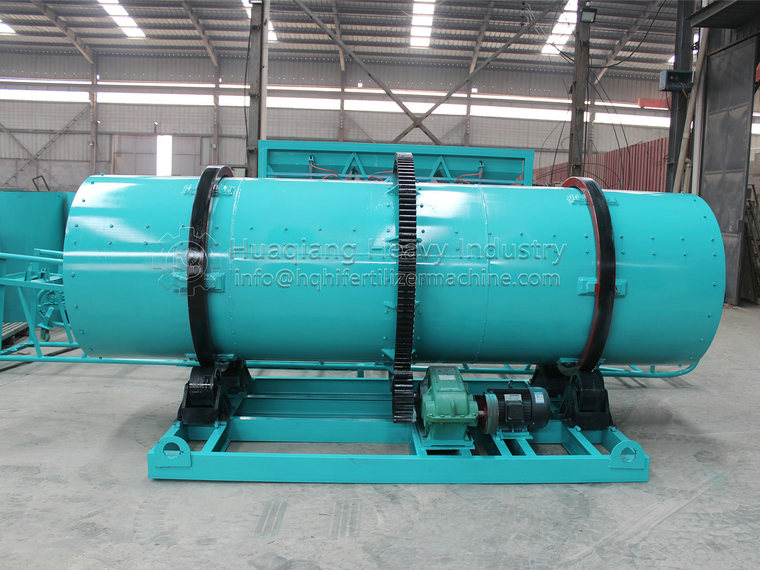
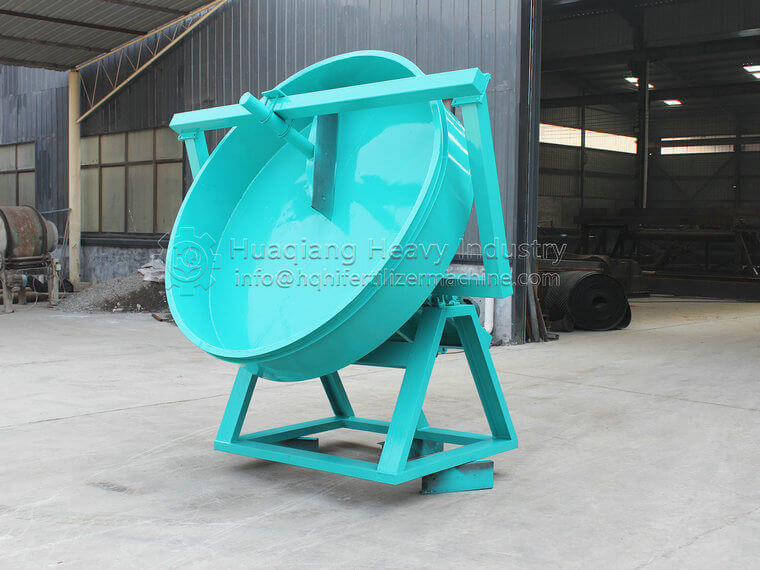
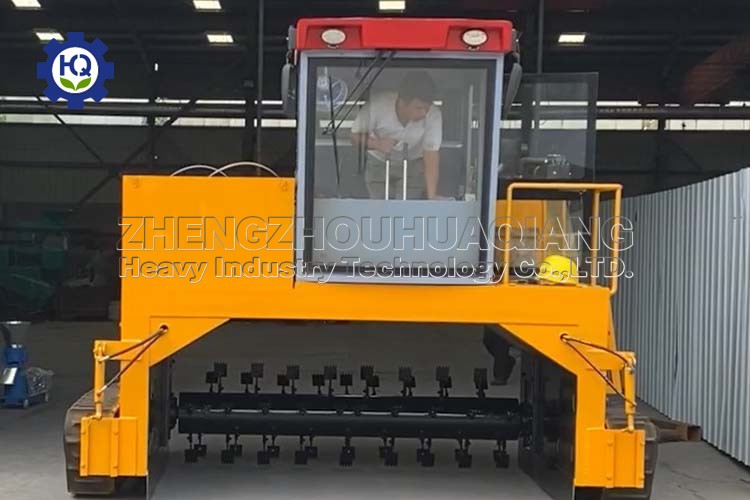
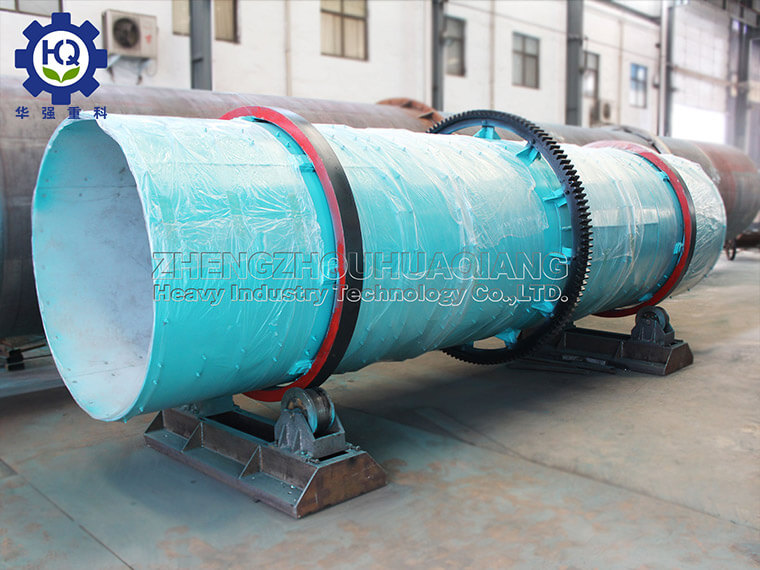
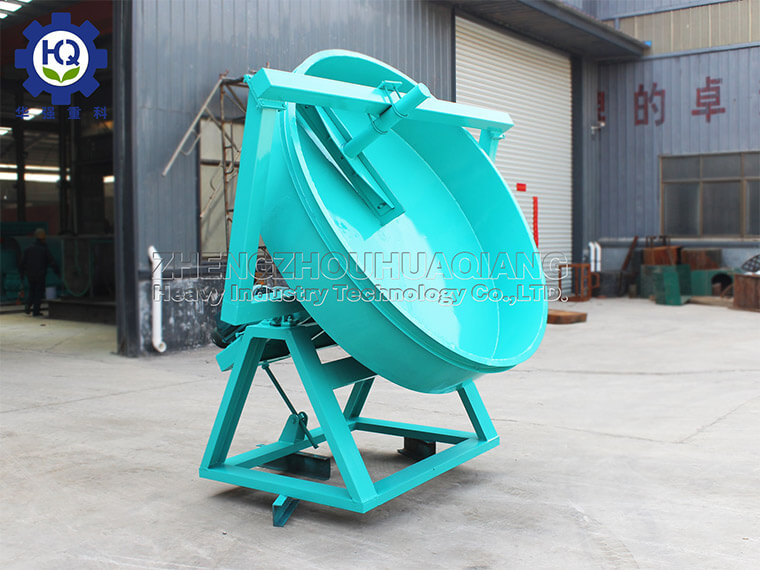

.jpg)
